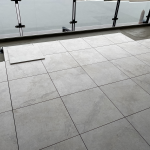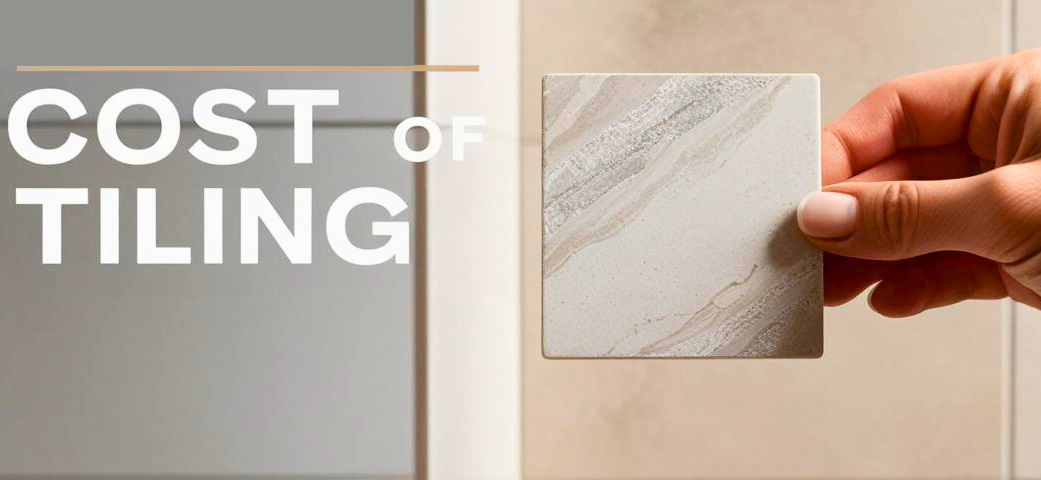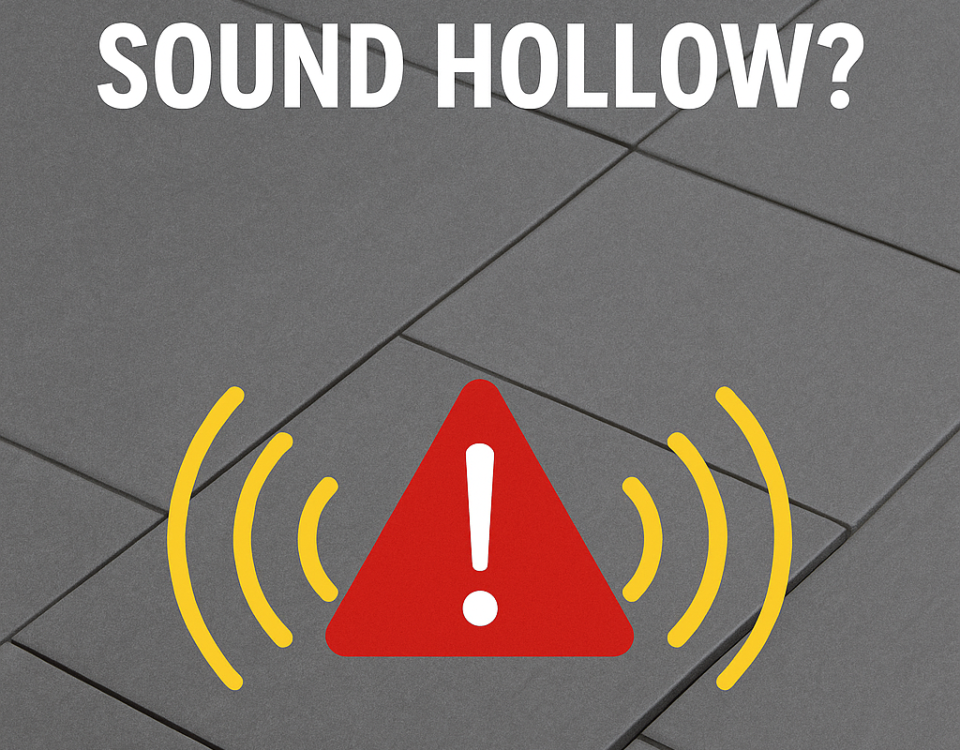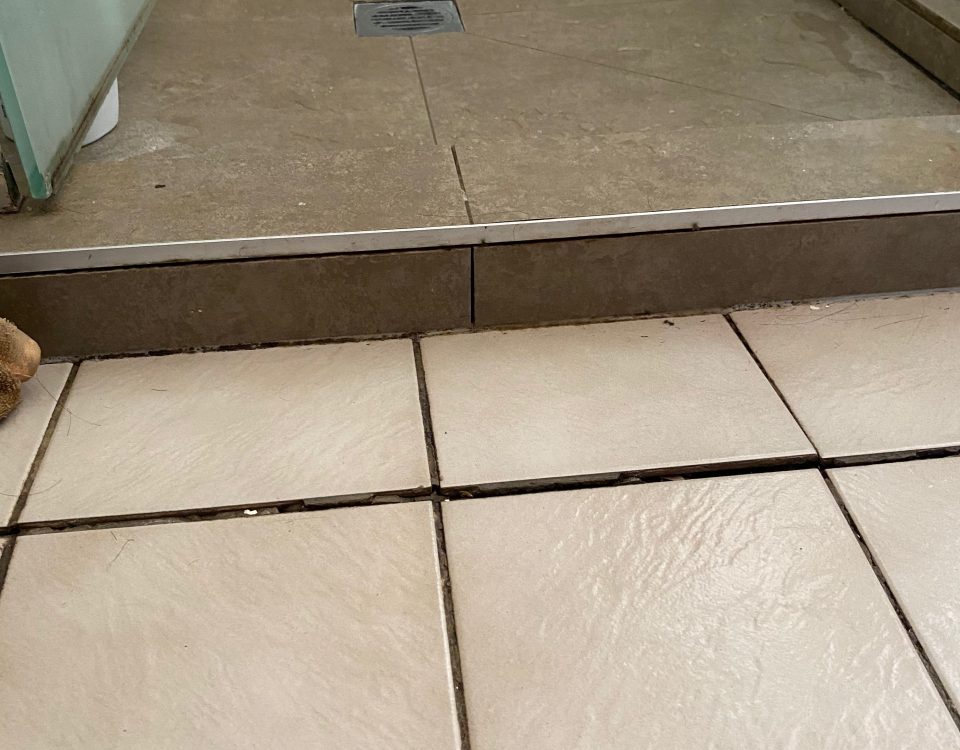
How to Choose the Right Tiler in Auckland
April 29, 2025
Auckland Council Requires Floating Tile Systems for Decks
May 1, 2025If you’re getting tiling done in Auckland, you’ve probably noticed prices can vary a lot, even for what seems like a straightforward job. While most quotes are based on square metres, there’s a lot more behind the number.
As professional Auckland tilers, here’s what we consider when pricing a job, and why two quotes for the “same size” job might look very different.
Tile size changes the pace of the job
We don’t supply tiles, but the ones you choose have a big impact on how long the job takes.
Large format tiles usually go down faster, fewer pieces to lay, fewer grout lines, and less cutting. That can mean a smoother, more efficient installation. On the other hand, mosaics, subway tiles, or anything with smaller pieces takes longer. There are more individual tiles to install, more grout lines to clean, and it takes more care to keep everything straight especially around corners, niches, and fittings.
Layout patterns take extra time
It’s not just the tile size, the way they’re laid makes a difference too.
A basic grid pattern is fast to set out and install. But if you’re going for a herringbone, brick bond, chevron, or any angled layout, there’s a lot more measuring, cutting, and adjustment involved. These patterns look great, but they slow the job down and that extra time is reflected in the labour cost.
Grout choice can increase the time
Sand-based grout is standard, it’s easy to mix, quick to apply, and washes off easily. But if you’re using epoxy grout, the game changes.
It’s a two-part system with a limited working time, meaning we need to work in small sections and clean it off immediately before it hardens. The grout itself costs more, and even the wash water requires a special additive. Sponges used during cleanup are usually destroyed after a single use. It’s a great product in the right setting, but both labour and material costs are significantly higher when epoxy is involved.
Multiple visits = more time and cost
Some jobs take a day. Others are spread across three or four.
If we’re waterproofing one day, then returning after curing time for the second coat, then again to tile, and again to grout and finish that’s a lot of setup and pack-down time. Even small jobs can start to cost more if they’re split across multiple visits. That’s not always avoidable, especially with drying times or coordination with other trades, but it’s something that affects overall pricing.
Site access makes a difference
Where the job is makes a real difference to how long it takes.
A ground-floor bathroom with good parking is ideal. But a third-floor apartment with no lift, limited parking, or narrow access? That slows things down, especially when moving tools, tiles, and materials in and out. These factors don’t show up in the floor plan, but they definitely show up in the real-world time it takes to get the job done.
Good prep is crucial
We don’t tile over uneven, cracked, or poorly prepared surfaces. If your substrate needs levelling, sealing, or waterproofing, that gets factored into the job.
In Auckland, wet areas like showers must meet strict waterproofing standards, and rightly so. We’re certified water proofers and follow council consent guidelines so you don’t run into issues with inspections, leaks, or costly rework.
It’s not just square metres, it’s the whole picture
The cheapest quote isn’t always the best value. Tile format, layout, grout type, access, the number of site visits, they all affect the final cost.
We quote based on what it takes to do the job properly, to code, and to a standard that lasts. If you want a clear, honest breakdown, we’re happy to talk through the details with you, no pressure.
Check out our Auckland Tiling Services or contact Ray Tiling for a free quote across Auckland and the North Shore.




